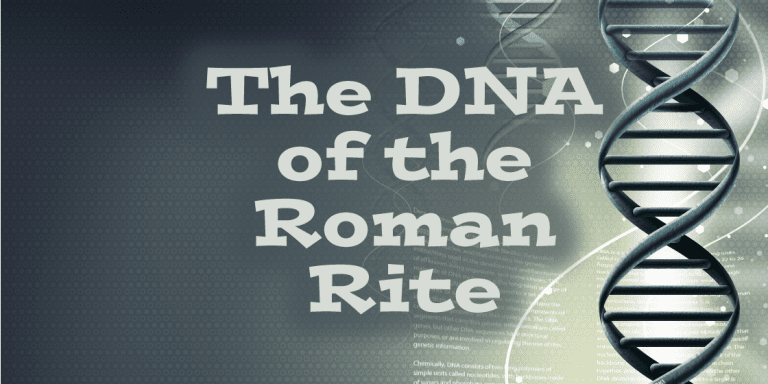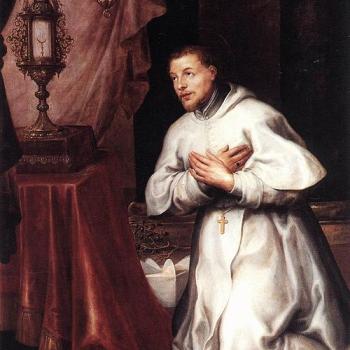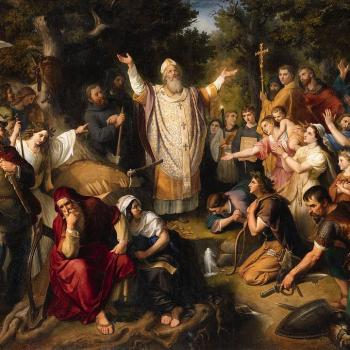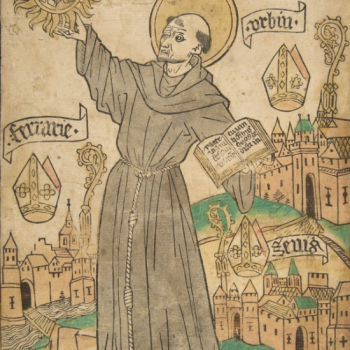The Mass of the Roman Rite of the Catholic Church, far and away, is the most celebrated Christian worship service in the world today. There is much to recommend it! It has some of the deepest roots of any liturgy, it contains the beauty, simplicity and balance of the Roman imagination, and with the reforms of Vatican II it has also allowed for the wisdom and theology of other ancient liturgical traditions to impact its life and enrich its worship. It is the liturgical life and heritage of a billion people, and yet many have not taken the time to understand the underlying DNA of the rite. Here are a few things that I believe are essential components to understanding the Roman Rite:
The Roman liturgy isn’t just Roman – The Roman liturgy is not the most well documented liturgy that he have from the early church. Marcel Metzger notes this stating, “for the historical study of the Roman Mass in the first seven centuries, only a limited documentation is available, in no way comparable to that concerning Jerusalem or Antioch during the same period” The limited resources that we do have on Roman liturgy are often from places far away from Rome. Much of the history of the Roman rite is a history of liturgical dialog between the Roman Tradition and the other European liturgical traditions. As Charlemagne rose in power in the middle ages he used Roman liturgy to unify the disparate tribes, however many of the Frankish practices made their way into the liturgy and were later incorporated back in Rome.
The Roman liturgy was multi-cultural – The Ancient City of Rome was a uniquely urban location. The city itself had a population of nearly 1 million people, an absolutely unheard of number at that time. Because of this there were populations of Jews, Greeks, and Romans which all made up the urban community of faith. This reality can even be seen by examining the names listed in Paul’s letter to the Romans in the New Testament. How this played out was fascinating. The liturgy of Rome was impacted by all the cultures that participated in it. Even today there are pieces of the liturgy in Greek, and pieces that are in Hebrew. As the center of gravity of the church gradually moves from Europe to the third world, it will be interesting to see how the multi-cultural character of the liturgy is impacted by new cultural contexts.
The Roman liturgy had a dual identity – The size of Rome and its multi-cultural character also impacted how liturgy was done. The church did not all meet in one location, but rather, it had churches throughout the city. This meant that there developed two distinct ways of doing the liturgy. The first way was the papal way, when the bishop was present. The second way was the prysbyteral way when presbyters (priests) celebrated without the Pope. Both of these ways made their way into the broader European liturgy and impacted the way liturgy was done.
The liturgy was stational – On major feast days people would meet at different locations throughout the city, and even sometimes outside the city. The liturgy would involve processions, turning the whole city into liturgical space. This can be seen in our earliest Church order, Ordo Romanus Primus, as well as a number of early documents.
It evolves – Even though the Roman Rite is arguably one of the most unchanging liturgical celebrations in the church in many ways, there were significant changes that occurred. Essential staples of the liturgy today like the recitation of the creed, the praying of the Our Father and the kiss of peace were at one point innovations.













